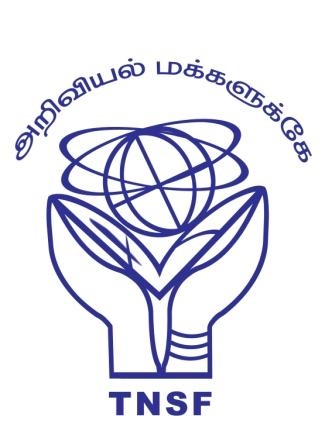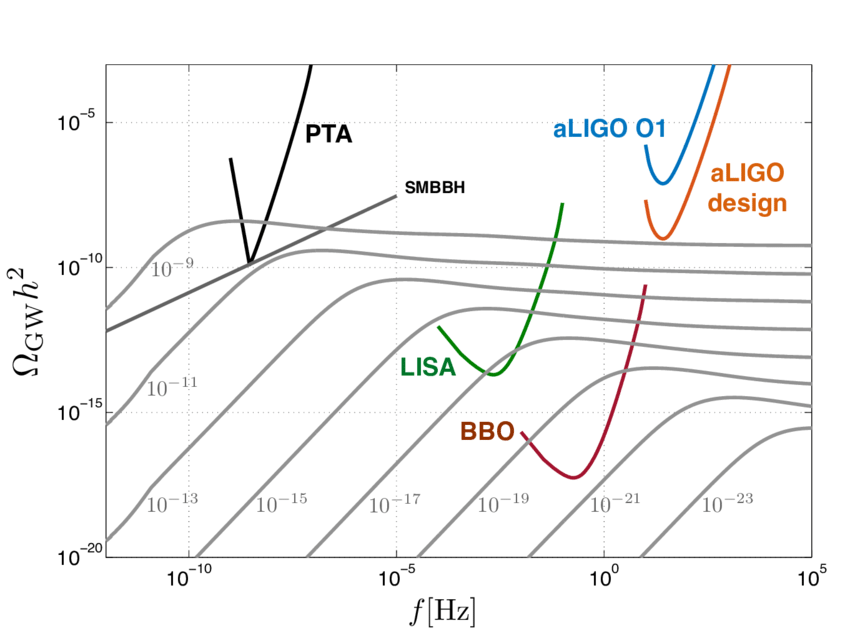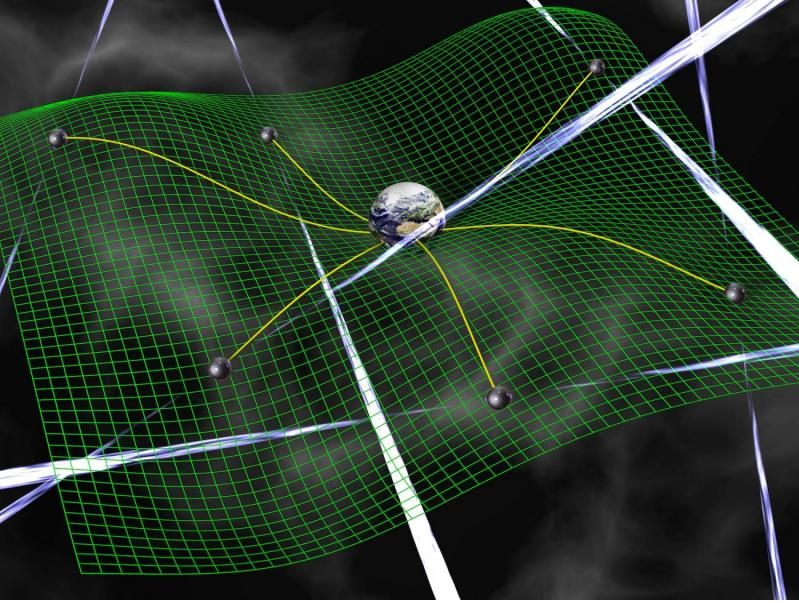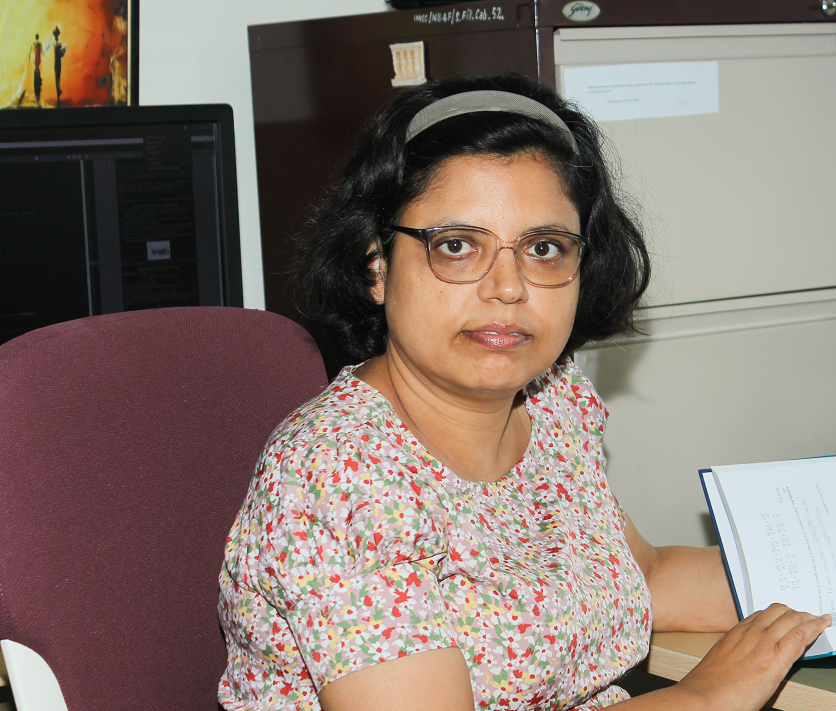About Program

This is part of its efforts to popularize science to the general public and students who are pursuing science as their career. TNSF attempt to focus on students on higher science as everyone knows that learning of science at college within the curriculum is not enough to acquire holistic knowledge of science at the appropriate time. Hence, to fill the gap between what students are acquiring through the curriculum and what it is required, TNSF is planning its activities on higher science to students who are pursuing higher education.

About the Lecture Gravitational waves and the stochastic background In this talk aimed at students, Prof. L. Sriramkumar will first introduce the idea of gravitational waves (GWs). Thereafter, he will go on to describe the detection of GWs from merging compact binaries by the Laser Interferometer Gravitational-Wave Observatory over the last few years. Lastly, he will discuss the possible origins of the stochastic GW background suggested by the recent observations of the pulsar timing arrays.

Hunting low-frequency gravitational waves through Pulsar Timing Prof. Manajri Bagchi talk about Indian Pulsar Timing Array. We know that gravity is just the curvature of the space-time. A mass curves the space-time around it, and both massive and massless particles follow the curvature of the space-time. Motion (translational, rotational or vibrational) of massive particles generate ripples in the space-time or gravitational waves. Like electromagnetic waves, gravitational waves also have a wide range of frequencies. Gravitational waves of different frequencies are created by different sources and we need different types of detectors to detect them. There is an innovative method to detect low-frequency gravitational waves by using a number of undead stars as the detectors. These low-frequency gravitational waves are caused by mergers of supermassive black holes, and not only one mergers, many mergers resulting a summed-up background wave. As pulsars are the special type of undead star used for this purpose, we call such experiments as Pulsar Timing Array experiments. Presently, there are multiple Pulsar Timing Array experiments ongoing in various continents. These groups recently declared their results revealing a hint of the low-frequency gravitational waves. Indian Pulsar Timing Array (InPTA) is an Indo-Japanese collaboration performing PTA experiment using Indian telescope, the upgraded Giant Metrewave Radio Telescope. In the present talk, She will briefly discuss low-frequency gravitational waves, the basics of a PTA experiment, and the contribution of InPTA in this field.

